La Guyane compte un grand nombre d’espèces de Mantes, dont certaines endémiques. On en dénombre trois fois plus que dans toute l’Europe ! Pourtant, il reste plein de choses à découvrir sur ces insectes pour le moins intrigants. L’enjeu pour Nicolas Moulin, entomologiste et spécialiste des Mantes, c’est de développer l’intérêt des naturalistes pour ce groupe en partageant sa connaissance. Après avoir découvert de nouvelles espèces pour la science, il écrit aujourd’hui un ouvrage d’identification des Mantes de Guyane, qui permettra d’identifier la majorité des espèces directement sur le terrain.
Research and publish the best content.
Get Started for FREE
Sign up with Facebook Sign up with X
I don't have a Facebook or a X account
Already have an account: Login
Revue de presse et du net par le Pôle de partage des connaissances S&T de l'Office français de la biodiversité
Curated by
DocBiodiv
 Your new post is loading... Your new post is loading...
 Your new post is loading... Your new post is loading...
|
|




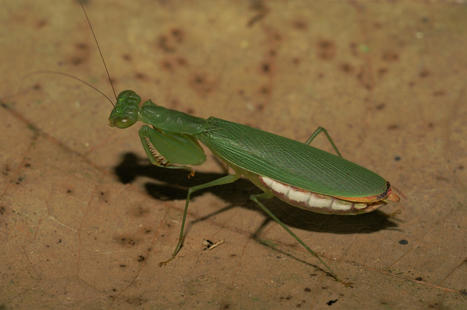

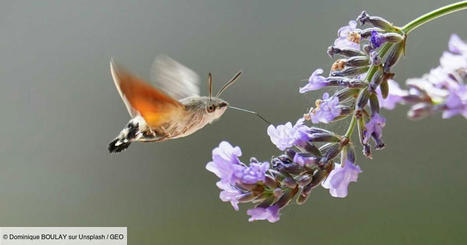

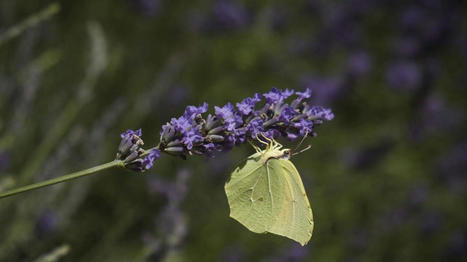

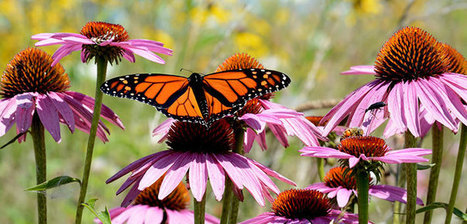
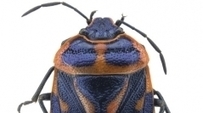

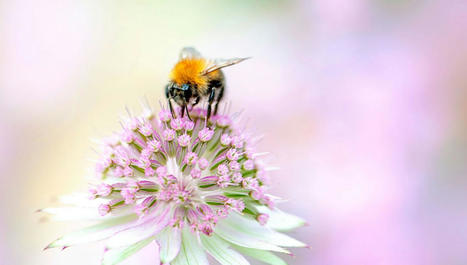
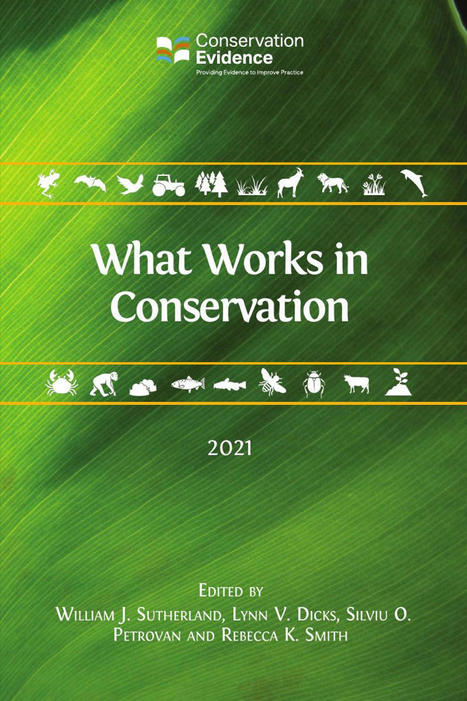

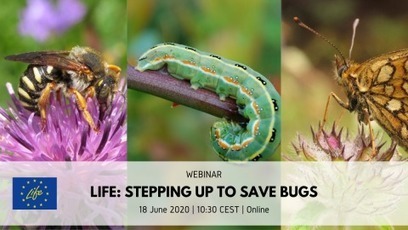

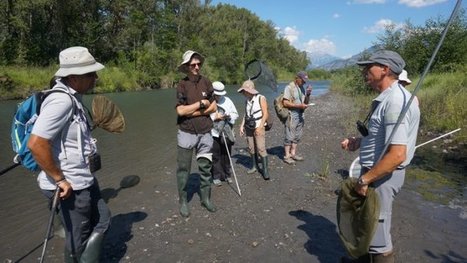






Propos recueillis par Pauline Dussutour - Publié le 12 sept. 2023
Retrouvez Nicolas Moulin sur LinkedIn
Voir aussi la quête INPN espèces https://determinobs.fr/#/quetes/46444